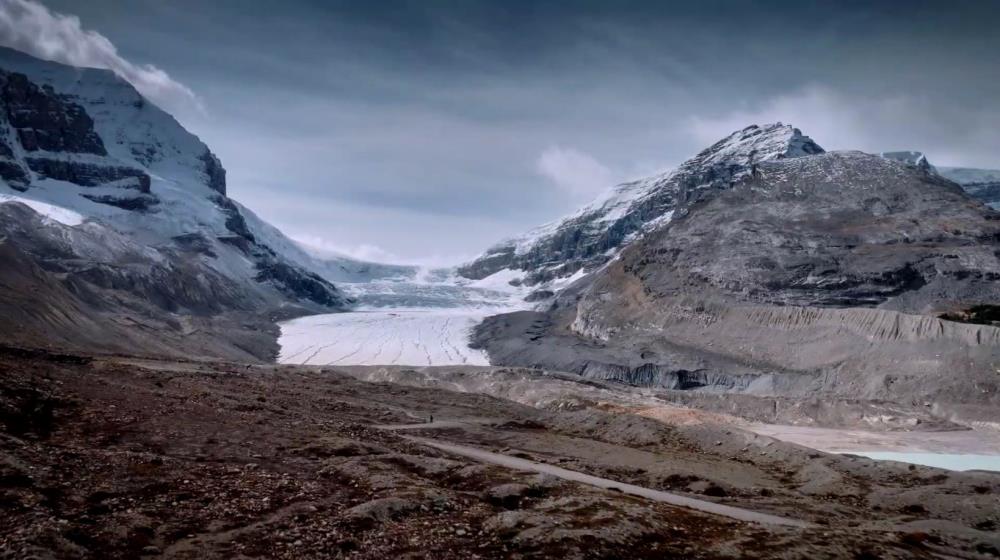
Related items loading ...
Section 1: Publication
Publication Type
Conference Presentation
Authorship
Yassin, F., Pomeroy, J. W., Pietroniro, A., Davison, B.
Title
Uncertainty Due to Precipitation Phase Estimation Methods of Large-Scale Hydrological Predictions Under Climate Change
Year
2022
Publication Outlet
American Geophysical Union (AGU) Fall Meeting, December 12-16, 2022, Chicago, USA.
DOI
ISBN
ISSN
Citation
Yassin, F., Pomeroy, J. W., Pietroniro, A., Davison, B. (2022) Uncertainty Due to Precipitation Phase Estimation Methods of Large-Scale Hydrological Predictions Under Climate Change. American Geophysical Union (AGU) Fall Meeting, December 12-16, 2022, Chicago, USA.
https://agu.confex.com/agu/fm22/meetingapp.cgi/Paper/1166923
Abstract
Accurate classification of the phase of precipitation has important implications for understanding the vulnerability of future water resources in warming cold regions, where a substantial shift from snow to rain fraction is expected to occur over this century. In hydrological models, precipitation is typically partitioned into rainfall and snowfall using empirical near-surface air temperature thresholds methods. Surface air temperature methods require site-specific calibration and lack the physical basis to simulate this partitioning realistically and confidently for future climates. Advanced algorithms using the psychrometric energy balance of falling hydrometeors have demonstrated a solid physical basis and appear scalable across time and space but have only been applied in small basin studies.
This study evaluated the impact of the choice of precipitation phase prediction technique on the historical and future hydrology of the 406,000 km2 Saskatchewan River Basin (SRB), from its headwaters in the Canadian Rockies to its lower reaches in the Canadian Prairies and boreal forest. It did so using meteorological data (1971-2100) to force a continental scale hydrological land surface scheme with water management, MESH. Using the psychrometric energy balance phase partitioning method, the changing characteristics of snowfall and rainfall were shown to cause substantial changes in runoff generation mechanisms and streamflow over time that depended on elevation and ecozone. The historical period results using the energy balance-based phase partitioning approach resulted in high snow fractions, particularly at high elevations, that are consistent with observations. To evaluate the uncertainty introduced by using air temperature phase methods, the MESH model of the SRB was falsified and run with different versions of these methods with various parameters. Only one of the surface-temperature-based methods showed adequate partitioning results at high elevations. The uncertainty introduced by temperature-based phase partitioning methods was substantial for the historical period and became even more pronounced in the future, suggesting that empirical phase partitioning methods are a large and unnecessary contributor of uncertainty for large scale hydrological predictions of climate change impacts.
Plain Language Summary


 GWFNet
GWFNet Master
Master Data
Data Research
Research Map
Map
 Advanced
Advanced Tools
Tools
 . . .
. . .
 Metadata Editor
Metadata Editor
 Record List
Record List
 Alias List Editor
Alias List Editor
 Legacy sites
Legacy sites